Back extensions, also known as hyperextensions, are a very popular exercise. Most gyms have a back-extension bench, and a lot of people do this exercise to strengthen their lower back muscles.
Because back extensions are a bodyweight exercise, some trainees assume that it’s a beginner movement. In fact, back extensions are suitable and can be modified for all levels of lifters, including the very advanced.
In this article, we reveal how to get the best from back extensions and the variations and alternatives you can use to make sure you never outgrow this excellent exercise.
Back Extensions – Muscles Worked
Back extensions are often thought of as a back exercise – that makes sense given the name! However, this move works a lot more than your lower back. It’s actually a very effective posterior chain exercise. The posterior chain is the term used to describe the muscles on the rear of your body.
The main muscles involved in back extensions are:
Level Up Your Fitness: Join our 💪 strong community in Fitness Volt Newsletter. Get daily inspiration, expert-backed workouts, nutrition tips, the latest in strength sports, and the support you need to reach your goals. Subscribe for free!
Erector spinae
This is the collective term for the muscles that run up either side of your spine. The muscles that make up the erector spinae group include:
- Spinalis
- Longissimus
- Iliocostalis
The erector spinae muscles extend your spine and hold it upright against the pull of gravity. They’re strongly involved in many exercises, including squats, deadlifts, and bent-over rows. Strong erector spinae muscles can help lower the risk of back pain and injury.
Gluteus maximus
Located on the back of your hips, the glutes are the largest muscle in the human body. Their primary function during back extensions is the extension of your hips.
Hamstrings
The three hamstrings are semimembranosus, semitendinosus, and biceps femoris. The hamstrings flex your knees and also work with your glutes to extend your hips.
How to Do Back Extensions
Get more from back extensions while keeping your risk of injury to a minimum by following these guidelines:
- Place your feet on the footplate and rest your thighs on the leg pads. The top of the pad should be just below the top of your pelvis so you can lean forward without obstruction.
- Bend your knees slightly, and then keep your legs rigid for the duration of your set. Cross your arms over your chest or place your hands on your temples.
- Lean forward slowly and smoothly and lower your upper body down toward the floor. Try not to round your back excessively. Most of the movement should come from your hips. Descend as far as your hamstring flexibility allows.
- Drive your hips forward into the pad to lift your upper body back up. Do not lean back too much. Instead, just come up until your body is straight.
Back Extension Benefits and Drawbacks
Not sure if back extensions deserve a place in your workouts? Consider these benefits and then decide!
More than just a back exercise
Despite their name, back extensions work more than just your back; they train your entire posterior chain. If you want stronger glutes, hamstrings, AND erector spinae muscles, back extensions will help.
Easy to learn
Back extensions are a pretty straightforward exercise. That means they’re suitable for beginners and anyone looking for a simple way to train their posterior chain.
Not too much lower back stress
Done correctly, back extensions are a very spine-friendly exercise. There are no compressive forces, and, providing you don’t round your back, the chances of injury are low.
Accessible
Most gyms have a back-extension bench, and there are also benches made specifically for home use. No bench? No problem? You can also do back extensions with a stability ball or prone on the floor (details below).
Progressive
As you get stronger, you can do back extensions with weights to ensure your workouts remain progressive and productive. This is a bodyweight exercise that you should never outgrow.
While back extensions are a mostly beneficial exercise, there are also a few drawbacks to consider:
Fixed initial load
Because back extensions are a bodyweight exercise, the initial load is unmodifiable. If you have a heavy upper body, you may find this exercise is too challenging. As such, some beginners may be too weak to do it correctly or even at all.
Potential for back pain and injury
Done correctly, the back extension is a very safe exercise. But, doing them too fast, with too much weight, using too big a range of motion, or excessively rounding your lower back, could cause back pain or even severe injury.
10 Back Extension Alternatives and Variations
Back extensions are a highly effective posterior chain exercise, but that doesn’t mean you need to do it all the time. There are several variations and alternatives you can use to keep your workouts productive and interesting:
1. Weighted back extensions
When you can do 15-20 reps of bodyweight back extensions, you will probably benefit from adding some weight to make them more challenging and effective. You COULD keep on doing more reps, but that’s not a very good use of your training time. Also, while your muscular endurance will continue to improve, you won’t get any stronger.
There are a couple of ways to do weighted back extensions, including:
- Hold a weight plate to your chest
- With dumbbells or a barbell held at arms’ length in front of you
- Hold a barbell behind your upper back
Using these options, you should be able to work up to lifting some pretty heavy weights. However, make sure you don’t choose weights over form; if you can’t lift the weight safely, the risk of injury may exceed any potential benefits.
2. Back extensions with bands
You can also overload your posterior chain using bands. Bands increase muscle tension as you near the top of each rep, which maximizes glute engagement. However, at the bottom of each rep, which is potentially the riskiest part of the exercise for your lower back, the exercise is easier.
How to do it:
- Place a heavy dumbbell on the floor in front of your back-extension bench. Attach your resistance band to it. Make sure the weight is heavy enough to remain stationary during your workout.
- Get on the back extension machine, lean forward, and loop the band over the back of your neck.
- Do your reps as usual.
3. Single-leg back extensions
Single-leg back extensions increase the load on your hamstrings and glutes. This is an excellent way to overload your posterior chain without hammering your lower back. You can also do single-leg back extensions with weights or bands to make them even more challenging.
Level Up Your Fitness: Join our 💪 strong community in Fitness Volt Newsletter. Get daily inspiration, expert-backed workouts, nutrition tips, the latest in strength sports, and the support you need to reach your goals. Subscribe for free!
Learn how to do single-leg back extensions here.
4. Stability ball back extensions
No back-extension bench? No problem! You can also train your posterior chain using nothing but a stability ball. This is a great option for home exercisers. However, it’s not really practical to do this exercise with any additional weight.
How to do it:
- Lie face down across your stability ball so that the ball is positioned under your hips. Anchor your feet by pressing them against a wall.
- Place your hands on your temples or cross your arms over your chest. Bend your knees slightly, and then keep your legs rigid for the duration of your set.
- Lean forward from your hips and lower your chest toward the floor, taking care not to round your lower back too much.
- Drive your hips into the ball and lift your upper body up until your shoulders, hips, and knees form a straight line. Do not hyperextend your spine.
- Repeat for the prescribed number of repetitions.
5. Good mornings
Good mornings get their name because, when you do them, it looks a little like you are bowing politely to greet someone. Antiquated names aside, this exercise involves a very similar movement to back extensions, which is what makes it such a useful alternative.
You can do good mornings using a barbell or resistance band as preferred. Either way, this is a very effective posterior chain exercise.
Read more about good mornings here.
6. Romanian deadlift
Romanian deadlifts are another effective back extension alternative using free weights. You can do RDLs with a barbell or dumbbells. Done with slightly bent knees, the Romanian deadlift is a commonly performed squat and deadlift accessory exercise and a great way to bulk up your posterior chain.
Learn how to do Romanian deadlifts here.
7. Reverse hyperextensions
Like back extensions, you need a specialized bench to do reverse hyperextensions. With this exercise, your upper body remains stationary as you lift your legs. Usually done with weights, this is a very spine-friendly way to overload your posterior chain. It’s a popular powerlifting accessory exercise.
Read more about reverse hyperextensions here.
8. Barbell hip thrusts
Barbell hip thrusts are usually seen as a glute exercise. However, the truth is that they work your entire posterior chain, including your lower back. The main advantage of this exercise over other back extension alternatives is that it doesn’t put much pressure on your lumbar spine. It’s relatively lower back-friendly, even if you use heavy weights.
While this exercise IS usually done using a barbell, you can also do it with a weight plate or dumbbell resting on your hips. Or, you can just use your body weight for resistance. You can also do it without a bench and lying on the floor, making it an ideal home workout exercise. This variation is called a glute bridge.
Read our hip thrusts guide to find out more about this great exercise.
9. Cable pull-throughs
Using a cable machine means you can fine-tune the load to get the perfect posterior chain workout. There is plenty of tension on the target muscles at the top of each rep. Whether you are a powerlifter, bodybuilder, or just want a better-looking rear-end, this back-extension alternative can help.
Learn how to do cable pull-throughs here.
10. Superman back extensions
You don’t need any exercise equipment to strengthen your posterior chain. The superman back extension is so-called because when you do this exercise, you look a little like the Man of Steel flying through the air. This is a bodyweight-only exercise, so it’s ideal for home workouts.
Take care when doing the superman not to lift your legs or upper body too high off the ground. Doing so hyperextends your lumbar spine, which could result in injury. Make this exercise more comfortable by placing a folded gym mat or cushion under your hips.
Related: The 12 Best Back Extension Alternatives
Back Extensions – Wrapping Up
If you already do a lot of squats, deadlifts, and bent-over rows, you probably have a strong lower back already. However, if this critical body part lags behind your other muscles, adding back extensions to your workouts will undoubtedly help.
Remember, though, that back extensions work more than your erector spinae muscles. They work your glutes and hamstrings, too. It’s a very effective posterior chain exercise.
If you don’t have access to a back-extension bench or need some different exercises to keep your workouts fresh and interesting, there are also plenty of back-extension alternatives you can do instead. Each one is every bit as effective.
Interested in measuring your progress? Check out our strength standards for Good Morning, Deadlift, Superman, and more.

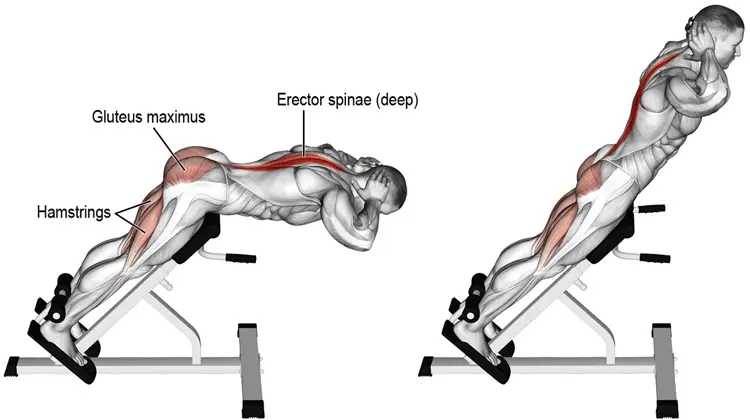
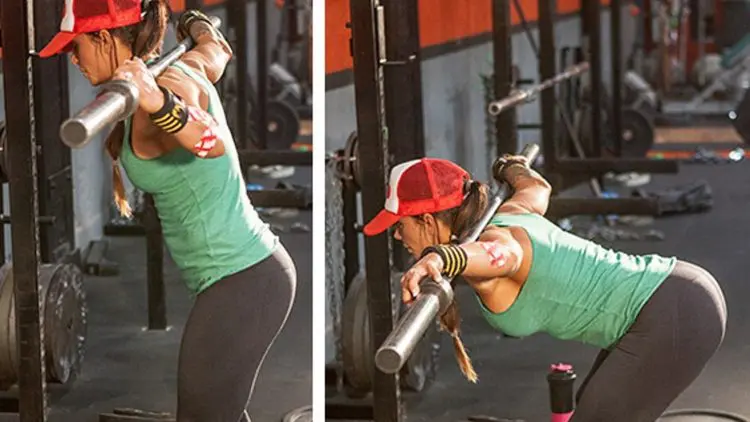
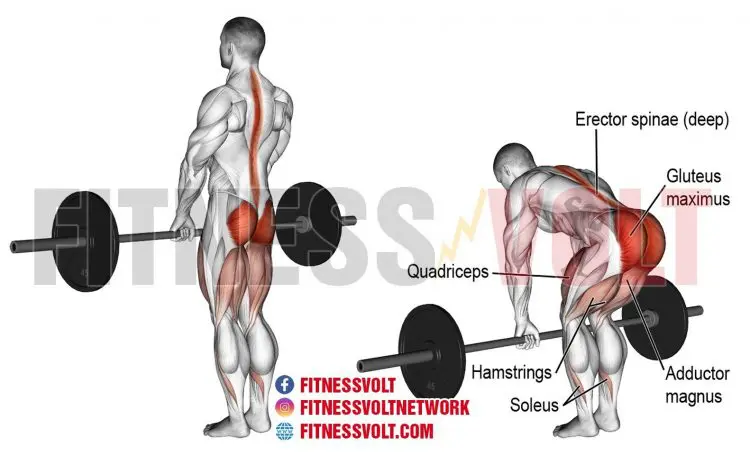
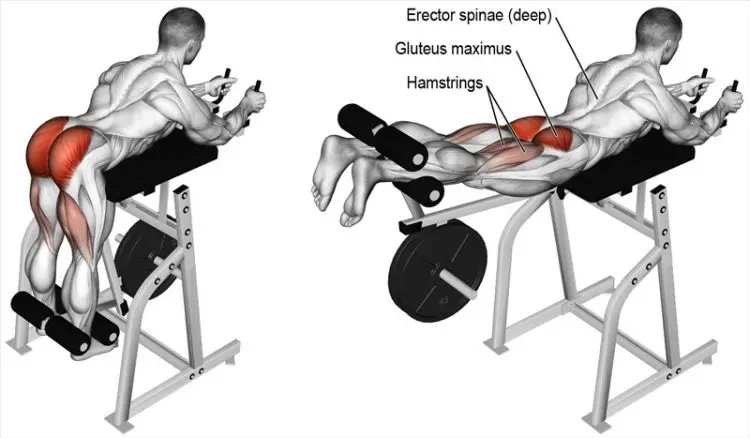
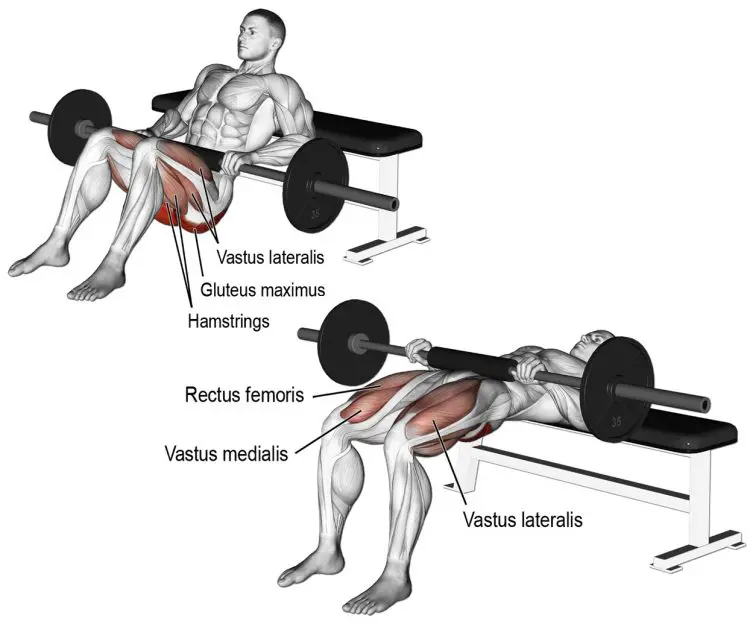



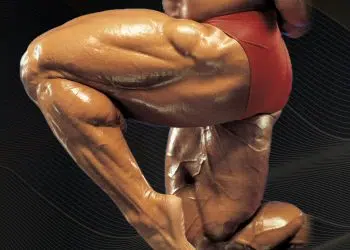




I think Superman 1-4 will get the Muscle Building.
While weighted Roman Chair will get the Muscle Growth aspect.